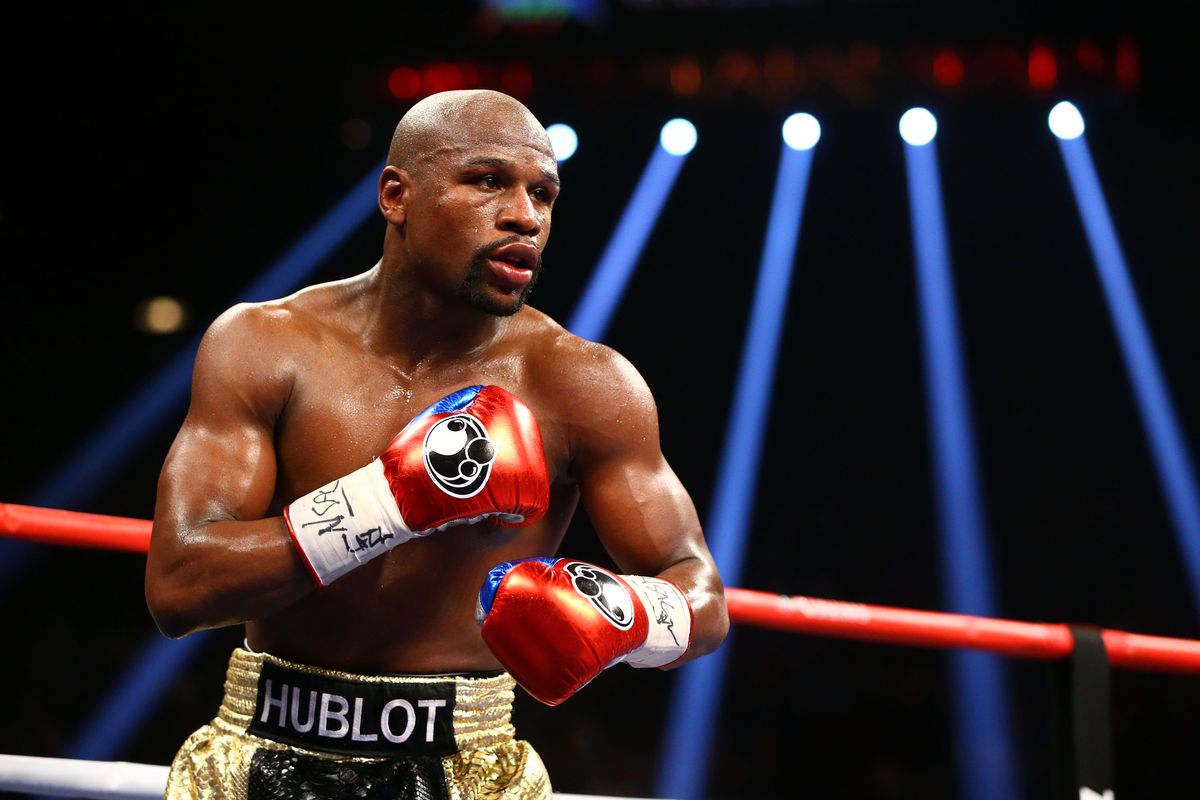“Succession” series finale takes family dysfunction to the bitter end
After four enthralling seasons, fans can now say farewell to the fictional Roy family from the award-winning satirical drama “Succession.”
June 12, 2023
After four enthralling seasons, fans can now say farewell to the fictional Roy family from the award-winning satirical drama “Succession.” Since the show’s initial release in 2018, viewers became honorary members of the family, experiencing the highs and lows of HBO’s latest hit show. “Succession” has won 52 awards and drew in 2.9 million viewers on the show’s finale — but more importantly, viewers can finally rejoice in a truly satisfying ending. The “Succession” series finale accomplished what “Game of Thrones” and “Lost,” couldn’t — a fitting close that ties together numerous plotlines while still leaving characters’ fates open to speculation.
“Succession” centers on the family of media magnate and billionaire Logan Roy (Brian Cox) — inspired by the real Fox Corporation’s owner Rupert Murdoch — and the four Roy siblings, who spend the series fighting over who will succeed their father as head of his international media company, Waystar Royco.
The four siblings were purposefully crafted to be viciously unlikeable, a perception kept up through all four seasons thanks to detailed and character-focused writing. In an interview with Deadline, writer and showrunner Jesse Armstrong acknowledges that many people find the show unwatchable due to its lack of likable and reasonable characters. However, those who continue watching never end up liking the characters; instead, they gain a deeper understanding of the characters’ intentions and motivations.
The script focuses on character conflicts that drive the plot, developing complex flawed characters that give the audience a raw view of the filthy rich.
While the script is incredible, none of the show’s depth would be possible without its impeccable actors, who breathed life into their already interesting and dynamic characters.
Cox took on the role of an unbeatable and all-powerful father and businessman — a task not suited for the light-hearted. Cox brings an authoritative unstable energy to Logan, which clashes beautifully with his older son’s emotional volatility and creates entertaining nail-biting tension throughout the show. Kendall Roy (Jeremy Strong) is the power-hungry drug addict of the family; his emotional outbursts and complicated relationships are key components of his character, which earned Strong two well-deserved Emmys for his role.
Sarah Snook plays Siobhan “Shiv” Roy, the sharp, confident daughter of Logan Roy. Snook portrays one of the only “sane” characters who can see her family’s flaws and madness. Kieran Culkin takes on the role of the quick-witted, youngest son, Roman Roy. Shiv’s logical personality and Roman’s constant swearing, dirty jokes and absurd lines create a hilarious watch for viewers.
The supporting actors of this show are just as influential as the leads. Between Shiv’s social-climbing husband Tom Wambsgan (Matthew Macfayden) and the compelling, scheming businesswoman Gerri Kellman (J. Smith-Cameron), there’s no shortage of notable talent throughout the show’s cast.
Director Mark Mylod and cinematographers Patrick Capone, Christopher Norr and Andrij Parekh employed documentary-style camera work to add authenticity; shots are snappy and feature quick zoom-ins, immersing the audience in the room with the family. Such a style also works well with the comedic aspects of the show, as the punchlines of jokes hit harder when the camera zooms in on the blank reactions of the characters.
Jesse Armstrong’s attention to detail and cohesion between different technical elements is perceptive. Armstrong worked closely with the cinematographers to focus the camera shots on the characters and their dysfunction rather than the lavish sets — preventing a glorification of wealth and privilege. Set designer Stephen H. Carter purposefully made the sleek, minimalist sets appear miserable, which matches the characters’ lack of attachment to their environment.
Arguably the best art of the show is its iconic soundtrack. Nicholas Britell composed the theme music: an amazing piano piece with stabbing notes, slightly off-key drum beats and a high-pitched violin. He created an ominously beautiful preview of the show’s constant backstabbing and uncertainty.
The costumes in “Succession” are subtly remarkable, adding depth and authenticity to the characters’ portrayals. The costumes are the opposite of eye-catching — they’re bland and deliberately clash with the extravagance of the family’s lifestyle. Costume Designer Michelle Matlan styled all of the characters in the “quiet luxury” aesthetic — dressing them in a shirt that appears cheap but is actually worth thousands of dollars. The immersion of the “old money” and “quiet luxury” aesthetics nods to the family’s wealth and status. The members of this influential family don’t need to wear flashy designer items and costumes to flaunt their wealth. The intentionally sleek, minimalist and perhaps “boring” outfits to some are a statement of the extreme wealth and power they possess.
Between the costumes, score, writing and acting, all of the incredible technical and artistic aspects of “Succession” come together in the finale — a season drowning in hidden plans and backstabbing that brilliantly ties up loose ends while leaving the fate of the children up to the viewers’ imagination.
The show’s attention to detail, impeccable script and acting compile together in an ending like no other. It perfectly answers all of the audience’s questions, but does so vaguely, leaving room for interpretation. The series’ ability to wrap up brilliantly easily solidifies “Succession” as a truly unforgettable show.











